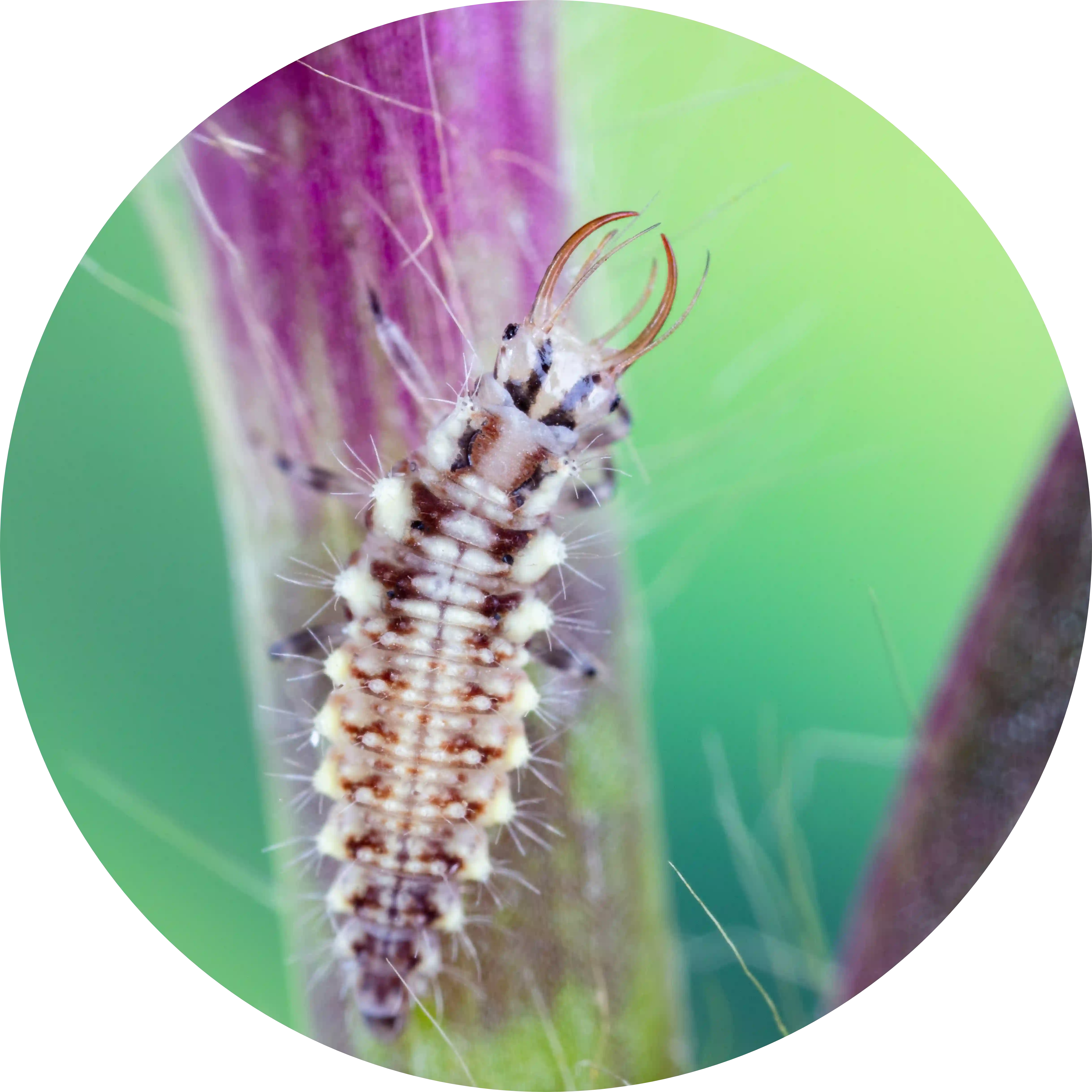Filter by issue
Find an organic alternative to avoid the use of pesticides
Filter by culture
Find an organic alternative to protect your crops
Beneficial insects
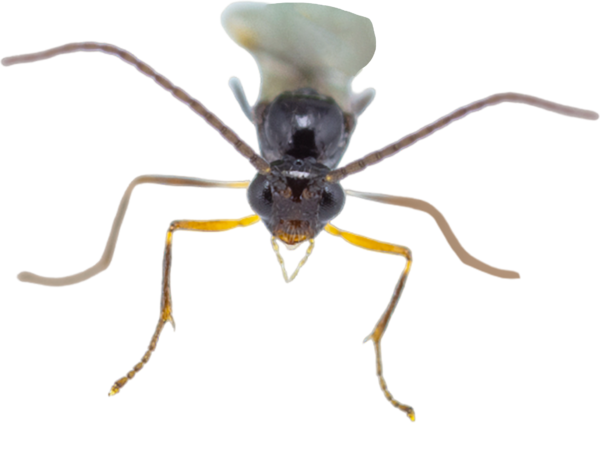
Aphidius colemani
Aphidius colemani is a generalist parasitoid wasp that is highly effective in controlling peach aphid (Myzus persicae) and melon or cotton aphid (Aphis gossypil). Used extensively in ornamental and greenhouse vegetable crops.
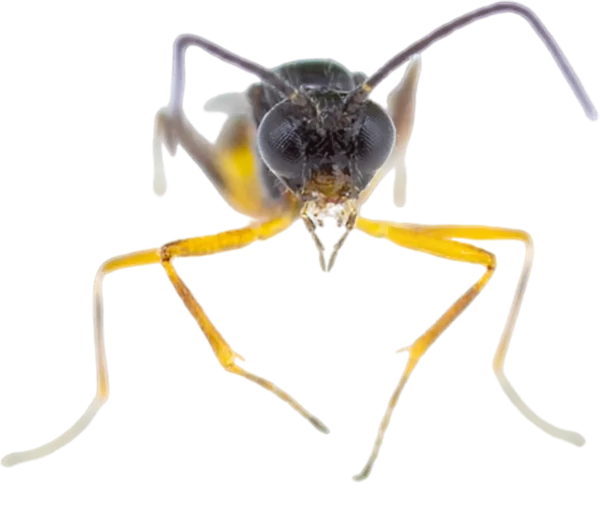
Aphidius Ervi
Aphidius ervi is an effective natural solution to two common aphid pests - Macrosiphum euphorbiaea and Aulacorthum solani. Standing twice as large as its cousins, this impressive agent offers wider search capabilities while protecting crops from damaging insect invasions. Furthermore, its ability to remain active in cooler temperatures makes it a particularly advantageous asset – making crop maintenance easier!
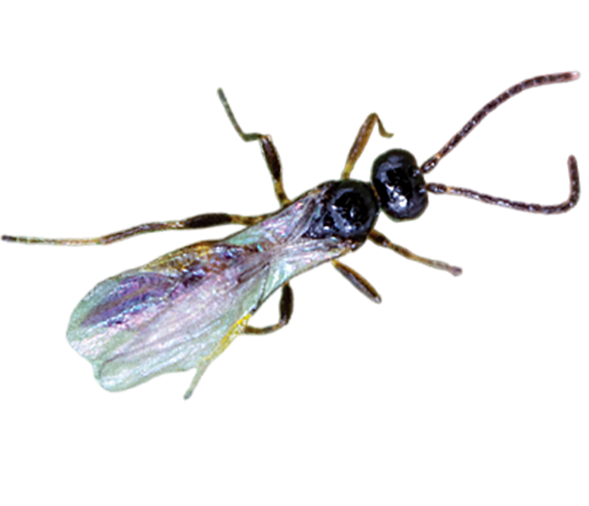
Aphidius matricariae
Aphidius matricariae is a parasitoid wasp specializing in the control of the Green Peach Aphid (Myzus persicae) and is also used to control the Cannabis Aphid (Phorodon cannabis).
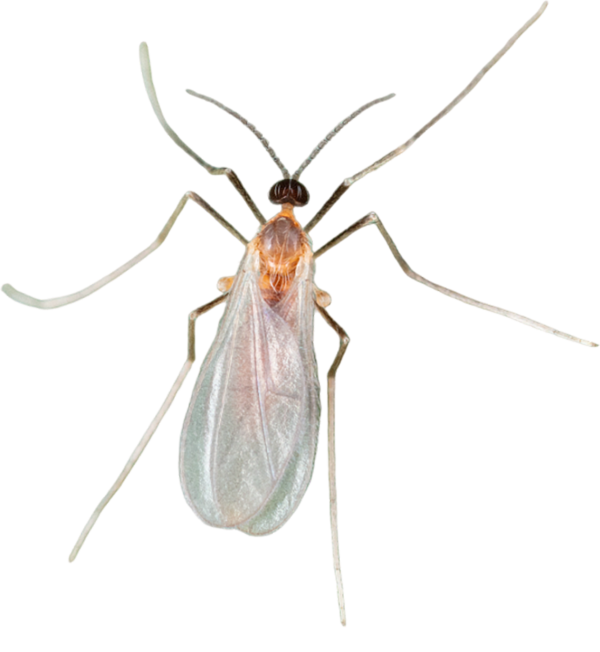
Aphidoletes aphidimyza
Aphidoletes aphidimyza is the perfect answer to pesky pests such as aphids on a variety of crops. This powerful solution can protect melons, cabbages, beans, peaches, carrots and foxgloves with ease!
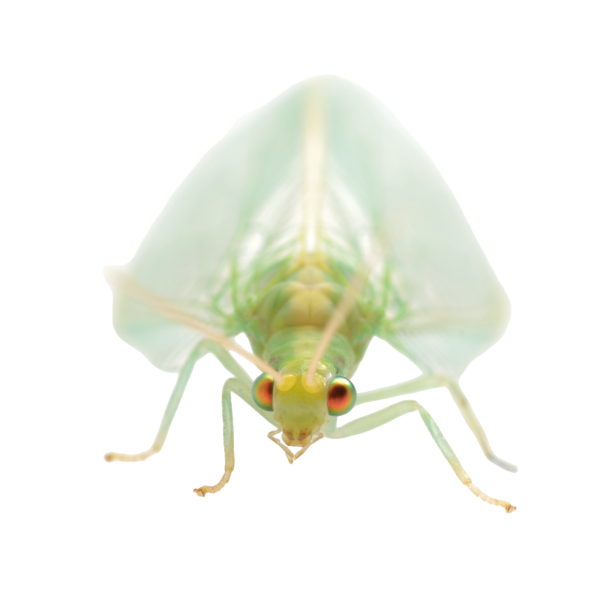
Chrysoperla carnea
Chrysoperla carnea is an essential predator in agricultural crops and gardens, providing natural pest control by consuming large numbers of aphids, thrips and whiteflies. With its voracious larvae leading the charge against insect pests, this beneficial predatory species can provide significant relief to crop producers while also promoting healthy ecosystems as they feed on nectar and pollen for pollination.
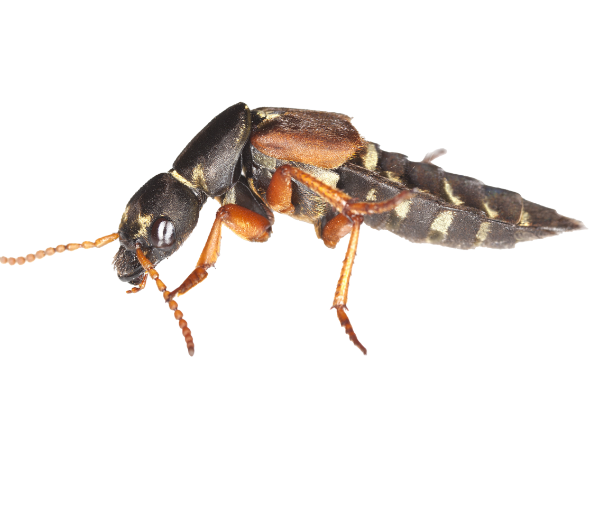
Dalotia coriaria
The beneficial insect Dalotia coriaria feeds on small invertebrates on the ground (shore flies, fungus gnat, midge, collembola, root mealybug, aphid and mite pest), vegetable greenhouse crops, mushrooms, potted plants and nursery.
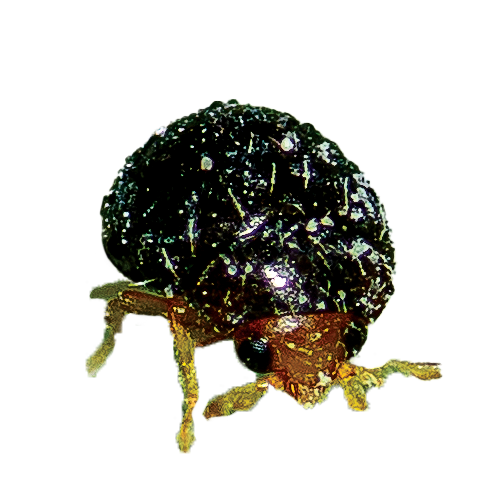
Delphastus catalinae
Beneficial insect Delphastus catalinae is an excellent agent against whiteflies. This biological control product can be used for reducing infestations in ornamental greenhouse crops, vegetables and interior fittings.
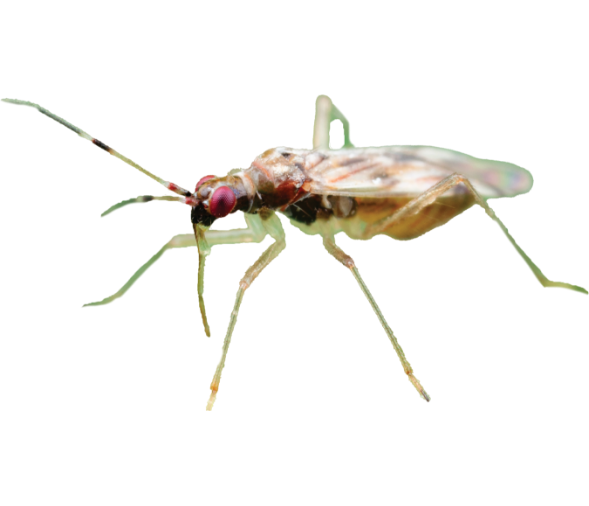
Dicyphus hesperus
Dicyphus hesperus is a beneficial insect ally for many farmers and greenhouses, successfully aiding in the control of whitefly and thrips infestations. This natural product has been employed to great effect throughout tropical, semi-tropical, and vegetable ornamental crops.
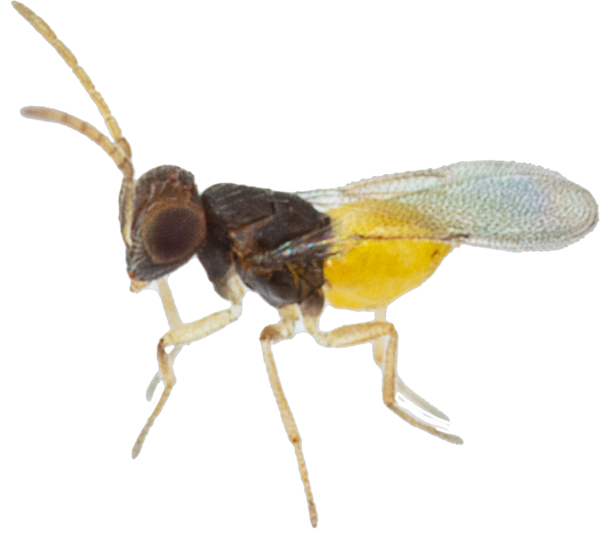
Encarsia formosa
For over 100 years, Encarsia formosa has provided a natural solution to pest problems in greenhouses. This parasitic wasp works actively and effectively against greenhouse whiteflies that commonly affect tomatoes, cucumbers peppers and eggplants while providing commercial growers with an eco-friendly alternative beneficial insect control product.
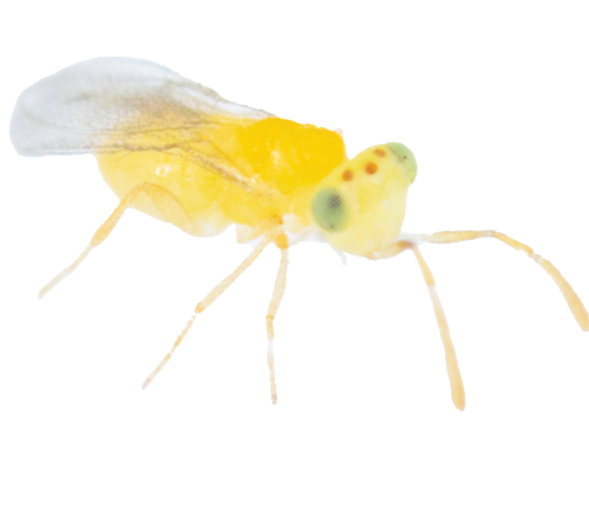
Eretmocerus eremicus
Due to its resistance to pesticides and to higher temperatures, Eretmocerus eremicus is incredibly effective against the greenhouse whitefly Trialeurodes vaporariorum or the tobacco whitefly (Bemisia tabaci). Used in combination with Encarsia formosa, excellent results are obtained.
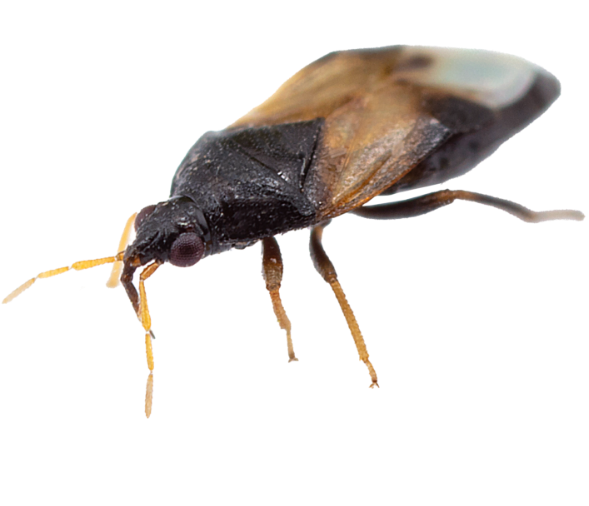
Orius insidiosus
Orius insidiosus is a small predatory bug that measures 2-2.5mm long. It is black in colour with white wing patches and oval shaped.
The adults and juveniles are very voracious generalist predators. They feed on all mobile stages of thrips, spider mites, aphids, whiteflies and other soft bodied pests.
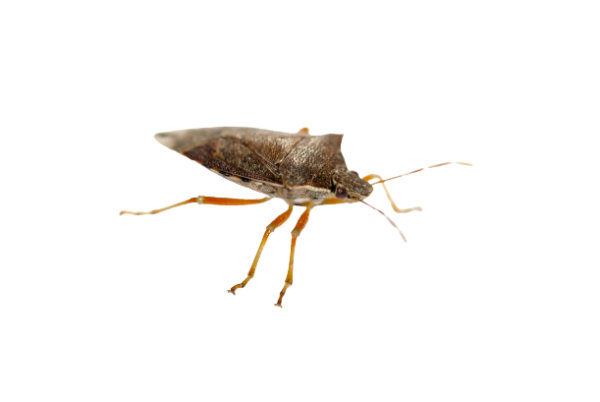
Podisus maculiventris
The predatory Podisus maculiventris bug serves as a powerful yet eco-friendly biological control agent against destructive caterpillar and beetle pests that threaten greenhouse and field crops. This beneficial insect voraciously feeds on numerous harmful crop-devouring larvae and beetles, helping growers avoid the use of toxic pesticides while maintaining healthy harvests. Its prowess as an organic pest management tool makes the Podisus maculiventris bug a potent guardian of sustainable agriculture.
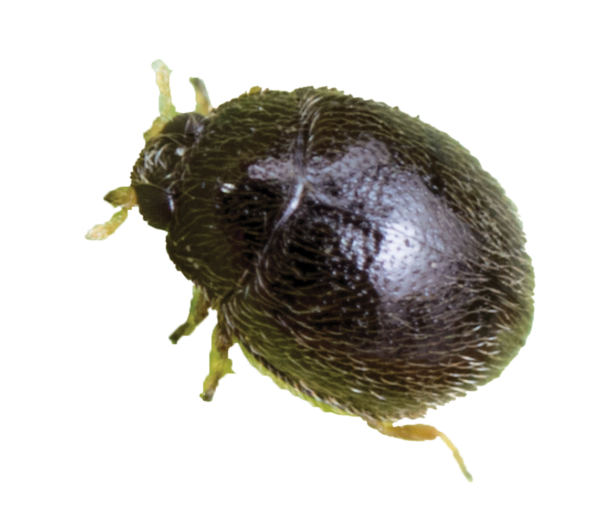
Stethorus punctillum
Stethorus punctillum is a little black beetle to control two-spotted mites, mites spruce, red spider mites. This biological control product is used for cucumbers, tomatoes, peppers, marijuana, cannabis and ornemantal plants.
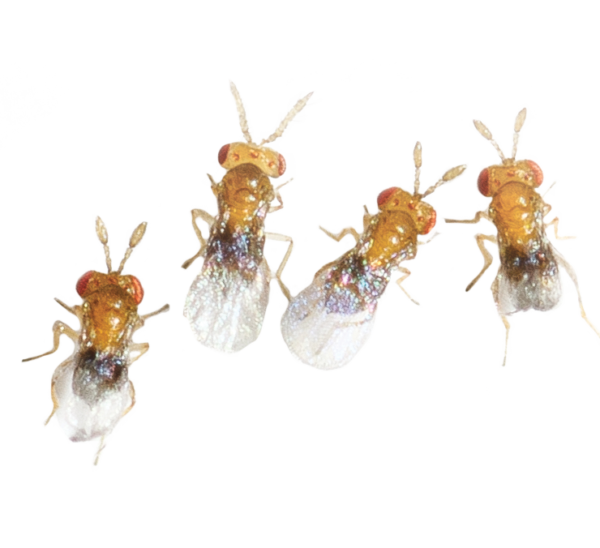
Tricho-Corn®
Tricho-Corn® is a powerful biological solution to fight against pests such as the European corn borer. Nature provides its own defense in the form of small wasps called trichogramma, which are highly effective against several species that can threaten vegetable crops.

Tricho-Fruits®
Tricho-Fruits® is a revolutionary biological solution to stop moth infestations in berries and fruit trees.

Tricho-Gard® – Alliums
Tricho-Gard® - Alliums features a powerful ally in the fight against leek moth infestations - the Trichogramma brassicae wasp. This tiny insect is effective at naturally reducing populations of these pests on garlic, onions, leeks and other alliaceous crops without relying on harsh chemical interventions.

Tricho-Gard® – Crucifers
Tricho-Gard® - Crucifers - Trichogramma brassicae - has been a preferred strategy for many years, offering crucifer producers an effective and sustainable method of pest control. As a natural alternative to conventional insecticides, this hardy species effectively eliminates pyralid eggs in greenhouse crops without harming the environment.

Tricho-Mite®
Trichogramma wasps contained in Tricho-Mite® are a nature-made solution for protecting our pantries and wardrobes from pesky flour, clothing, and textile moths! Not only do they guard against infestations – but this eco-friendly pest control treatment requires very little effort on your part.

Tricho-Mix®
Tricho-Mix® are the right tool for growers who wish to stop defoliators from devastating their crops, Trichogrammes offer a powerful solution. These parasitoids target destructive butterfly eggs and prevent them from hatching into problematic caterpillars. This method is an excellent aid for protecting tomato plants, cucumbers, peppers – as well as ornamentals!

Tricho-Pepper®
Tricho-Pepper® - Trichogramma ostriniae - has been a revolutionary solution to combat European corn borer infestations in pepper, chili and other related crops across greenhouses, fields and tunnels.
Bioinsecticides
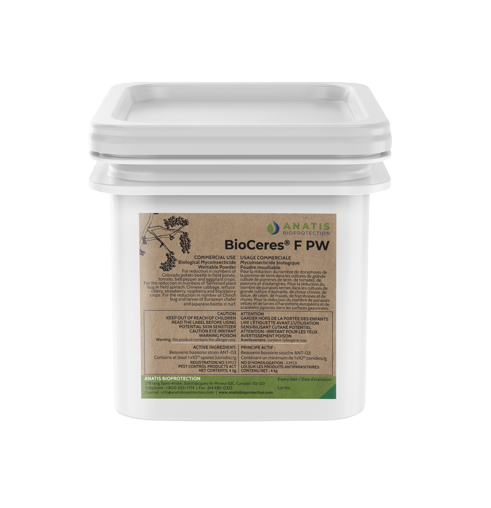
BioCeres® WP
Eliminate pests quickly and safely with BioCeres® WP, a powerful tool for controlling whiteflies, aphids and thrips at all stages of growth. This revolutionary solution works within the insect's body to feed on its internal organs until death. Plus, you get a 4-hour REI window and 0-day preharvest interval making it perfect any type of crop from foliar spray.
Predatory mites
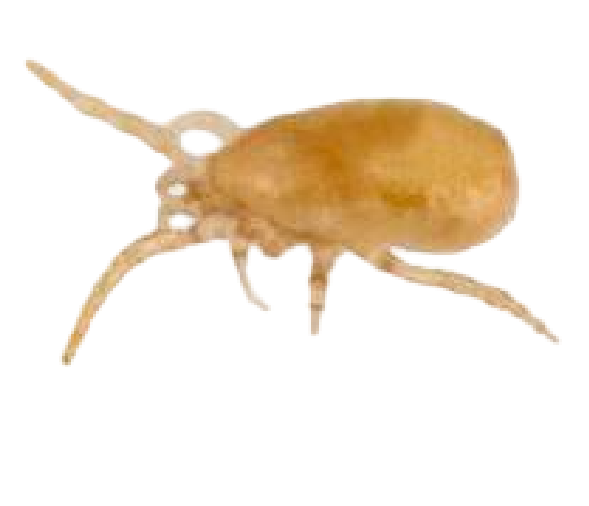
Amblyseius swirskii
Amblyseius swirskii is a predatory mite used to control pests such as thrips, whiteflies, and spider mites. It is often used in organic agriculture because it is a generalist predator that will attack anything soft bodied and small when hungry.
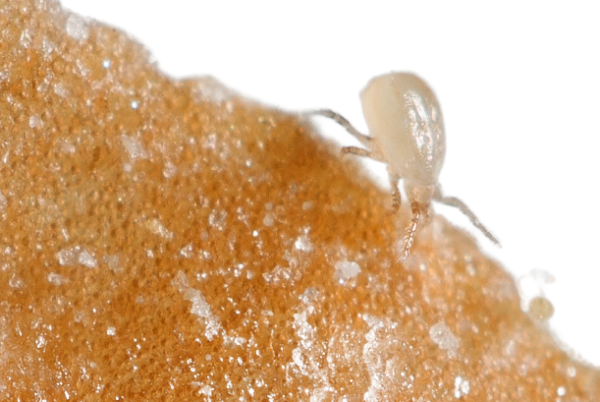
Neoseiulus cucumeris
Neoseiulus cucumeris is a powerful ally in pest control, effective at controlling thrips and tarsonemids. Beneficial to greenhouses and gardens for crops like tomatoes, peppers and more - this versatile species can help keep your plants pest outbreak.
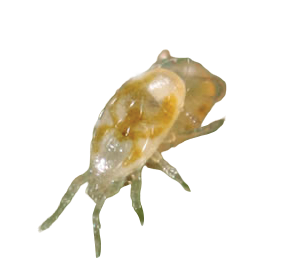
Neoseiulus fallacis
Neoseiulus fallacis, a beneficial predatory mite native to Quebec, acts as an effective guardian for various crops like peppers and strawberries. This unassuming creature has the power to protect against common pests such as spider mites and red spiders - while conserving precious biodiversity at the same time!
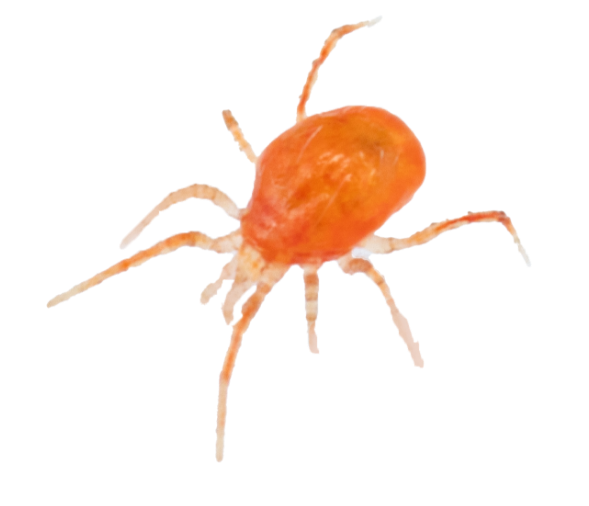
Phytoseiulus persimilis
Phytoseiulus persimilis is a natural ally for growers and gardeners looking to protect their crops against two-spotted spider mites! This predatory mite offers powerful control when it comes to combating these pests on an array of vegetables like cucumbers, peppers, tomatoes and eggplant as well as cannabis plants in nurseries or ornamentals.
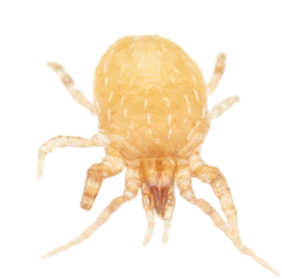
Stratiolaelaps scimitus
Stratiolaelaps scimitus controls thrips, fungus gnats and cleans the soil in cannabis, vegetable and ornamental productions.
Traps
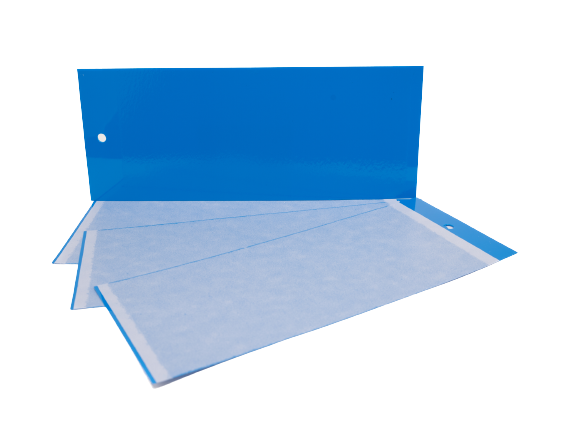
Blue sticky traps
The blue sticky traps use a non-toxic material to attract pests. The pests are stuck to the adhesive substance, allowing for careful monitoring and control measures in your crops.
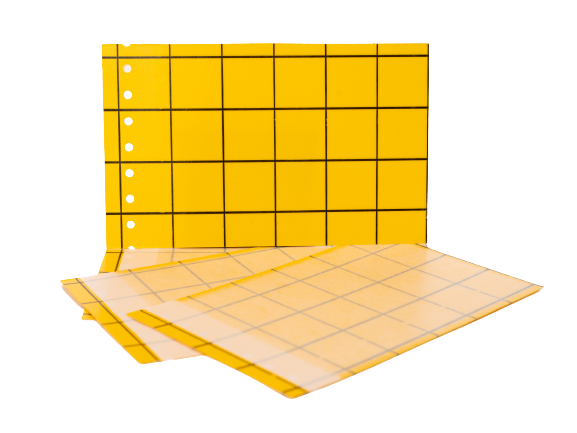
Yellow sticky traps
Keep your greenhouses protected from unwelcome pest intruders with yellow sticky traps. An easy, non-toxic solution to manage infestations quickly and effectively!
We are here to help you!
Whether you have a question, need advice or assistance, do not hesitate to contact us. We are always available to answer your questions and provide you with the support you need.
Call us now!

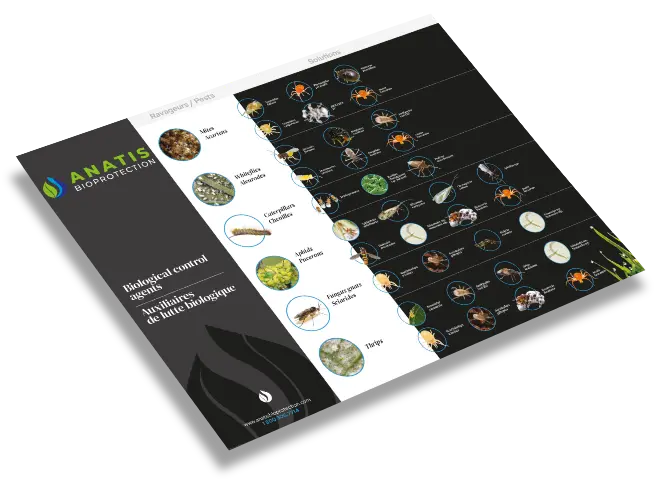

Facing a pest problem?
Download our poster!Discover a variety of effective biologic control solutions for all your farming needs, from horticulture to greenhouse cultivation and vegetable crops.
